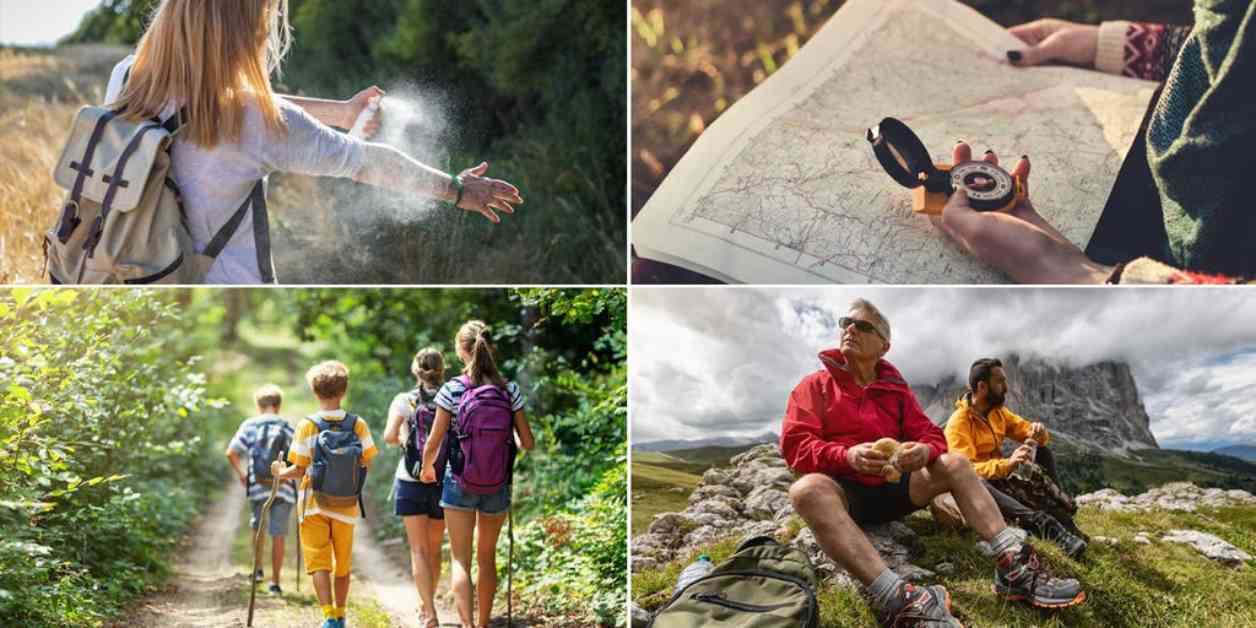Recent hiking-related deaths have highlighted the importance of following safety protocols while on the trail. Hiking is a great form of exercise, but it’s crucial to be prepared, especially during the hot summer months. Outdoor enthusiasts have shared some key tips to help prevent hiking hazards.
Before embarking on a hike, it’s essential to study the area thoroughly. Familiarize yourself with maps, landmarks, weather conditions, and any wildlife you may encounter. It’s wise to have a paper map as a backup in case your phone loses signal. Knowing the difficulty level of the trail and identifying emergency exit points can also be beneficial.
Setting a time plan for your hike is crucial. Let someone know your expected time frame, and create a time control plan considering linear distance and elevation gain. It’s important to factor in daylight hours to avoid hiking in the dark without the necessary gear.
Start small and know your limits. Begin with short, easy trails that match your fitness level. Take breaks when needed and don’t push yourself too hard. Stay on the trail to avoid getting lost, and maintain a safe distance between hikers to prevent accidents and allow space for wildlife.
Weather conditions should also be considered when preparing for a hike. Dress in layers, wear moisture-wicking materials, and bring essentials like a hat, sunglasses, sunscreen, and rain gear. If hiking with children, be aware of their body temperature and dress them in bright, visible clothing.
Comfortable, supportive footwear is a must. Wear sturdy hiking boots with good ankle support and break them in before your trip. Pack essential equipment like a compass, whistle, flashlight, first aid kit, and trekking poles. Consider taking a wilderness first aid course and be prepared for any medical needs or allergies within your group.
Staying fueled and hydrated is vital. Pack high-energy foods, leave no trace of food behind, and bring enough water for your hike. Water sources may not always be safe to drink, so consider bringing a water purification system for longer hikes.
Exercise caution with cellphones and selfies while hiking. Selfies can be distracting and increase the risk of accidents. Use your phone only for emergency calls and navigation, and always stay aware of your surroundings.
By following these hiking safety tips, you can help prevent accidents and enjoy a safe and successful outdoor adventure. Remember to always be prepared, know your limits, and prioritize safety while on the trail. Stay safe and have fun exploring the great outdoors!




